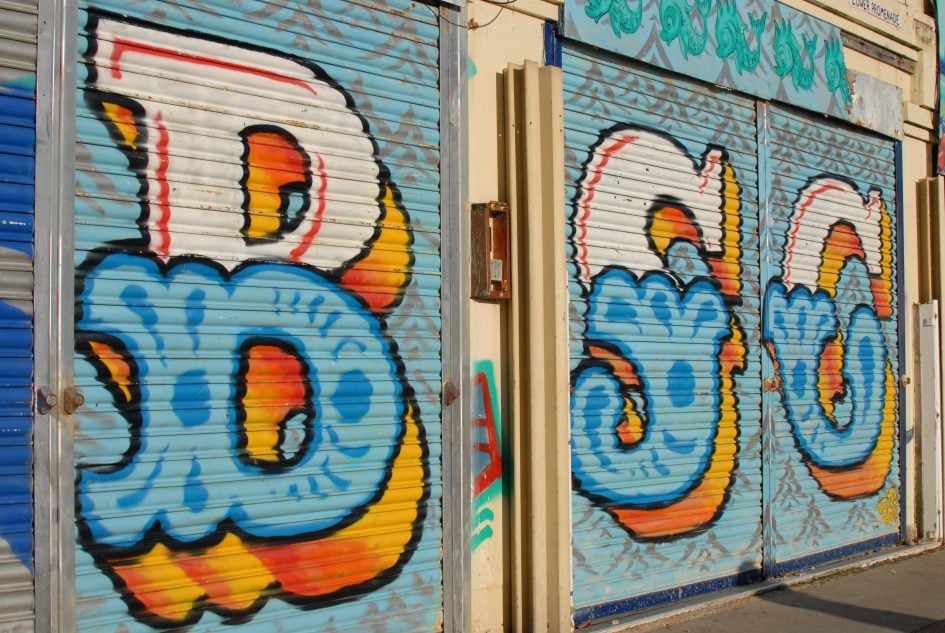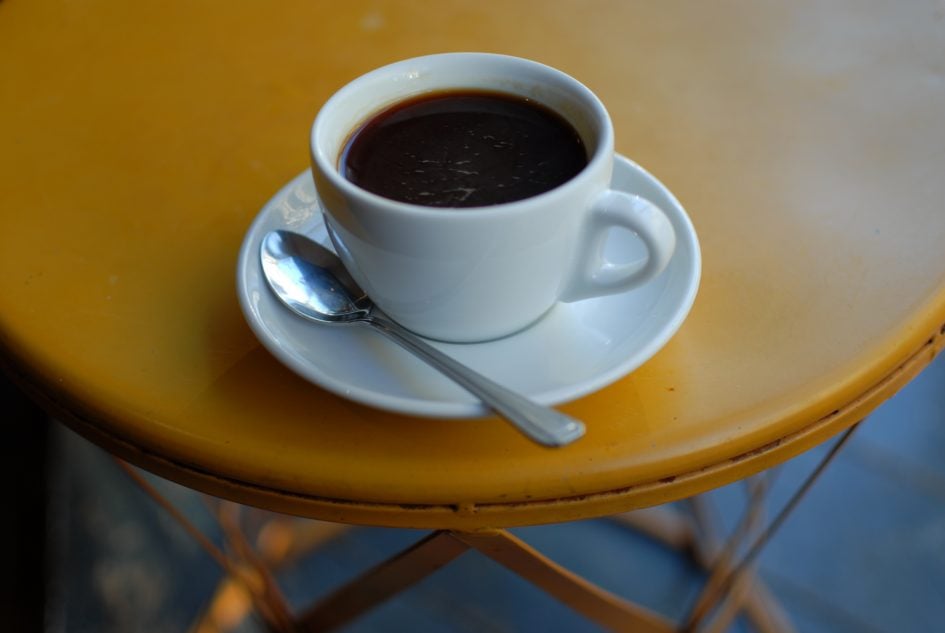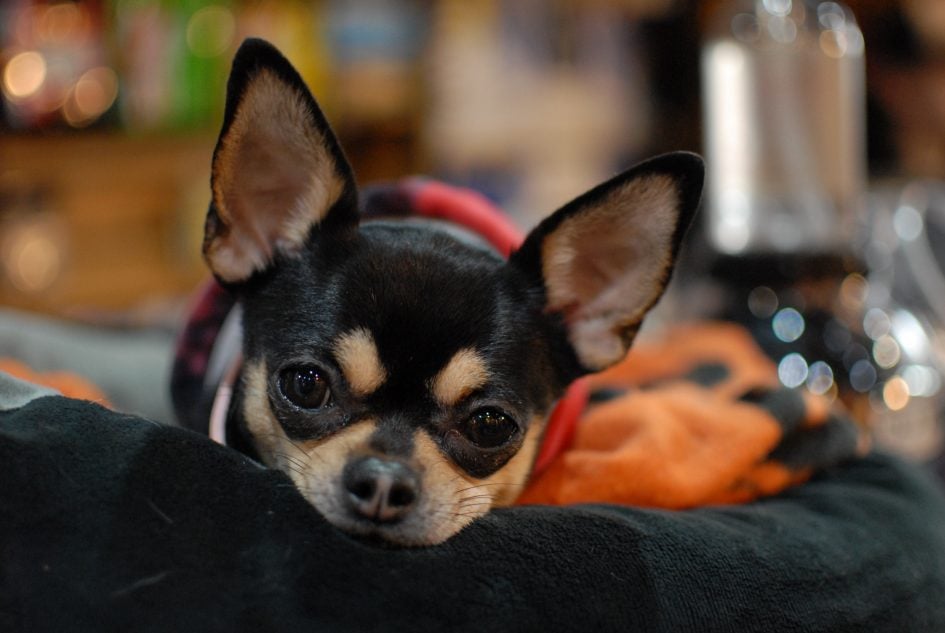Nikon D200 retro review
-
-
Written by Gordon Laing
The D200 was Nikon’s second DSLR in a series aimed at the semi-pro market. These delivered a step-up over the more consumer-focused double-digit models like the D70 or D80, and a taste of the single digit pro bodies like the D1 or D2 without their cost or heft.
I bought a used Nikon D200 boxed and in great condition for just £85, or around $100 from MPB, and in the video below I’ll tell you the story behind this classic DSLR, and why it’s one of the best options at this price whether you’re a beginner, a student or an enthusiast. If you prefer to read the written highlights, keep scrolling! I’ll also include a selection of sample images I took with the camera.
The D200 launched in late 2005, just before YouTube arrived, which is why I never made a video about it on my main channel. But I do remember writing a review during the early months of this website and being very impressed by the overall handling and quality. At the time it cost around $1700 or £1300, and debuted a new 10 Megapixel CCD sensor in the cropped APSC format – and almost two decades later this has become one of the most appealing aspects for collectors.
This sensor technology coupled with its filter array and image processing delivers attractive images with a unique look compared to modern cameras that some find very appealing. The sensor would be used again in the more affordable D80 around six months later, but both models represented the last of their kind from Nikon before switching to CMOS for the D300 and D90 onwards. This is what makes the D80 and the tougher D200 very attractive today, and bargains can be had on the used market.

I bought a used Nikon D200 in great condition from MPB for around £85 or $100 with only a few thousand frames on the shutter count, along with a Nikkor DX 35mm f1.8 lens to go with it, costing roughly the same again. Both arrived quickly and in a well-packaged box. As described the D200 came with the original packaging, and the camera itself was in great condition with no peeling grip. Meanwhile the lens looked almost new.
The D200 may be the best part of two decades old now, but there’s no denying it remains a serious bit of kit. The moment you first pick it up, you know you’re handling a higher-end body, with the magnesium alloy shell making it feel more like a pro D2 as opposed to the plastic bodies of consumer models, not to mention the previous D100. And like the higher-end bodies, the D200’s grip featured a considerate hooked inner area providing greater security and comfort. Sure the D200 is a bit heavier than the D100 as a result of its build, but it’s far superior in your hands.

Anyone familiar with Nikon cameras new or old, will feel immediately at home with the controls. Most settings are adjusted by holding a button and turning either the thumb or finger wheels, but unlike many of rivals, key controls have buttons dedicated entirely to them, including the quality, ISO and white balance settings. And where many cameras bury other settings within menus or require multiple key presses, Nikon has applied its traditional physical approach of dedicated switches and dials.
Like the D2X, the drive modes are quickly and easily selected using a dial on the upper left surface. The focusing and metering modes both have small switches on the back, and all buttons are a decent size, allowing easier operation while wearing gloves. And again following traditional pro bodies, there’s no mode dial on the upper right side, with the D200 instead opting for a mode button which when pushed cycles through Program, Manual, Aperture and Shutter Priority using the thumb dial. Shutter speeds range from 1/8000 to 30 seconds plus Bulb, while the fastest flash sync speed is 1/250. The top speeds are faster than the D100.

In the absence of a mode dial, the upper right surface is instead dominated by a large LCD screen which displays a wealth of shooting details at a glance, including a more accurate battery indicator and even a graphical indication of the 11-point AF areas. Twisting the power collar clockwise illuminates it with a greenish light.
Composition is using an optical SLR viewfinder with 95% coverage and a very respectable 0.94x magnification that delivers a bigger image than the earlier D100. Through the viewfinder you can see the 11-point AF system, indicated by black LCD graphics which completely disappear when not active. In Single AF area modes, you can adjust the position using the eight-way joypad on the rear, while also seeing the position reflected on the top LCD screen.

By using an LCD focusing screen, the D200 is also able to switch on or off an optional four by four grid for alignment. I love this feature when other cameras would force you to swap actual focusing screens, and even then, only on models where that’s possible. It’s also used to display a B&W warning icon in the viewfinder when the image parameter is set to monochrome, so there’ll be no nasty surprises. Meanwhile running underneath the view are the key shooting details including the metering mode, shutter, aperture, white balance, ISO and shots remaining.
Meanwhile the main colour screen on the rear is both larger and more detailed than its predecessor: a 2.5in panel with 230k pixels that delivers sharply defined fonts in the menus and plenty of details in playback.

Speaking of playback, you can also configure the camera to display a number of additional pages showing the active focusing area, shooting details, RGB histograms, flashing saturated highlights, or a simple large brightness histogram. And like many Nikon bodies, the D200 is supplied with a protective cover that clips over the screen.
On the left side of the body you’ll find most of the connectivity, starting with a PC Sync port for external lighting at the top. Below this behind a large rubber flap are a 3.5mm composite video output for TV slideshows, and a DC input for mains power. Then behind its own flap at the bottom is a Mini USB 2 port; note back then the USB ports were for data transfer only, effectively turning the camera into a card reader, and couldn’t be used to charge the battery.

Meanwhile on the front surface below the logo is a ten-pin remote terminal which supports the MC-35 GPS adapter, allowing you to embed location data into the EXIF header. The optional WT-3 transmitter will equip the D200 with Wifi capabilities, and it’s revealing to note this and the GPS support only came to Canon’s equivalent series with the WFT-E3(A) grip for the EOS 40D in 2008.
And as you’d expect there’s a fully-featured hotshoe on the top, and in a nice bonus over the D2X, a popup flash for easy fills.

Twisting a lock control on the rear springs-open the memory card compartment on the grip side, with a single Compact Flash slot. This will accommodate standard Type-I or thicker Type-II cards, and also supports FAT32 formatting for capacities larger than 2GB. Dual slots would have to wait for later models. I successfully used the D200 with a Lexar 2GB Pro card which can be read in an optional CF card carder, or direct from the camera over USB.
On the underside of the camera you’ll find a centrally-positioned tripod thread with a generous rubber surround, and the battery compartment. The D200’s powered by the EN-EL3e pack, a slightly modified version of the D100’s battery, presumably to drive the more accurate battery indicator. This does mean it’s not compatible with the older EN-EL3 or EL3a packs though. Like other DSLRs of this era, the battery is charged externally using the AC-powered MH-18a, supplied with the D200.

The F mount means the D200 has access to a huge range of lenses, new and old, including support for the aperture rings on vintage AI and AI-s lenses. Meanwhile the APSC sensor behind it, which Nikon refers to as DX-format, reduces the field of view of any lens by 1.5x. As mentioned earlier, I chose the Nikkor DX 35mm f1.8G for my tests, a compact high quality lens with autofocus and a bright aperture that delivers roughly standard coverage on the DX sensor.
Speaking of the sensor, the D200 marks the debut of a new 10.2 Megapixel CCD sensor, a substantial boost over the 6 Megapixels of the previous D100. And now coupled with a more accurate metering sensor too.The maximum image size measures 3872×2592 pixels, enough to make 13x9in or roughly A4-sized prints at 300dpi. There’s no video recording though, with that not arriving on DSLRs until the later D90.

Images can be recorded at three different resolutions, each with the choice of three different JPEG compression levels; best quality JPEGs typically measure between 3 and 6MB, with most working out around 4.5 to 5MB each. Images can also be recorded in Nikon’s NEF RAW format, either with or without compression, although the former does introduce minor losses. RAW files can be recorded with or without an accompanying JPEG at any quality setting.
Sensitivity is offered from 100 to 1600 ISO in one-third EV steps with three further extended options known as H0.3, H0.7 and H1.0 – these correspond to sensitivities of 2000, 2500 and 3200 ISO respectively.

As for dynamic range, I opened a RAW file from the D200 in the latest version of Adobe Camera RAW. It’s possible to retrieve quite a lot of highlight detail in the sky, not to mention boosting those shadows. You can’t go crazy, but there’s certainly some latitude in there.
The D200 also offers multiple exposure and interval timer options, the latter particularly impressive when many cameras of this era required a separate accessory.

The Nikon D200’s sensor features four channel output which allows it to share the same image processing engine as the pro-level D2X. This means the D200 sports up to 5fps bursts, a big improvement over the 3fps of the D100, not to mention including a larger buffer too.
With the quality set to Large Fine JPEGs, I managed 27 frames in 5.5 seconds before the buffer filled; so approximately 4.9fps. With the quality set to uncompressed RAW, I captured a burst of 21 frames in 4.5 seconds before the buffer filled; so approximately 4.6fps. In fact the speed is close to that of the D2X, although that model also offers a faster 8fps speed, albeit in an even more cropped mode.

Fast-forward to the present day and the D200 is an easy camera to get working. MPB supplied mine with an EN-EL3e battery pack in very good condition, not to mention the official mains charger to top it up, but as a popular battery pack, replacements and chargers from third parties are still available.
Meanwhile by using Compact Flash memory, it’s easy to find a working card for the D200, including large ones over 2GB in size. And if you don’t have a CF card reader, you can use a Mini USB cable to connect the camera directly to your computer and use it as a card reader.

Verdict
Back in late 2005, it was clear the Nikon D200 meant serious business. It represented a substantial upgrade over the previous D100 across the board from build to features, and handling to image quality. It was fast, tough and confidently delivered great-looking images with minimal effort. As importantly, it more clearly-defined what was becoming an increasingly popular semi-pro category, positioned comfortably between the entry-level and pro bodies in price, heft and spec.
Nikon’s triple-digit series may have begun with the original D100, but it was the D200 which really set out its stall and showed what was possible. This in turn allowed the subsequent D300 and D300s to become even more powerful, while consistently trumping Canon’s double-digit EOS series in most aspects. In fact it wasn’t until Canon later split the line with the 7D that it really took on the triple-digit Nikons.

I loved shooting with the D200 back in the mid-2000’s, and almost two decades later it remains a joy to use. Sure it lacks the live view and movie modes of later bodies, but that in turn allows it to concentrate on viewfinder-based stills photography alone. A pure approach backed-up by a feature-packed tough body packed with physical controls.
And while the image quality is down to more than just its CCD sensor, there’s no denying it still delivers great looking photos out-of-camera with plenty of detail to make fairly big prints if desired. The icing on the cake is the price. What originally cost around $1700 or £1300 can now be bought from MPB for less than $100 or pounds in great condition with a working battery, charger and six-month warranty.
If you’re looking for an enjoyable photographic experience on a body budget of under $100 or pounds, the D200 is simply one of your best options. If you can’t find one, the D80 launched six months later is also a great choice, sharing the same sensor, but in a lighter, simpler body.
Since the used prices on both will be similar, I’d sooner go for the more robust D200, but I still very much enjoyed retesting the D80 last year – see my Nikon D80 retro review. And if you’re not wedded to CCD technology, also consider the later D300 or D300s, and I actually made reviews of both when they came out in the murky past of this website!
Buy vintage cameras from MPB. Sell your used gear to MPB. Check ebay to find vintage gear. Lost, deleted or corrupted photos? I recover mine with Stellar Photo Recovery. PS - if you enjoy my reviews, videos and guides, you can support me my treating yourself to a copy of my In Camera book, an official Cameralabs T-shirt or mug, or by treating me to a coffee! Thanks!

